

Loading...

Loading...
Rugby players come in different shapes and sizes, from nimble fly-halves to heavy-hitting prop forwards. And for every position, there’s a variety of tactics and playing styles to make a mark on the game.
This guide will help you put together a rugby player’s diet plan that’s tailored to your position and your qualities. Let’s get you in the right physical shape to maximise your strengths and raise your game.
Rugby league and rugby union are demanding sports for the body. Think about the explosive movements you make when you run with the ball, tackle an opponent or compete in a scrum. These actions use lots of energy, and there are big impacts on your muscles and joints.
In a busy schedule of matches and training, there’s not much time to recover between sessions. To perform consistently near your best, you’ll need a fast-working recovery plan that delivers the right nutritional benefits for the individual – you.
The most important benchmarks in a rugby player’s diet plan are calorie intake and macro intakes.
Calories are all the energy contained in your diet. Macros are major nutrients like proteins and carbs. Everyone needs different levels of each depending on their body, lifestyle and goals.
Work out your ideal calorie intake and macro intakes using a calorie calculator tool. It takes about a minute to calculate some personal benchmarks.
The calculator will give you daily benchmarks like these:
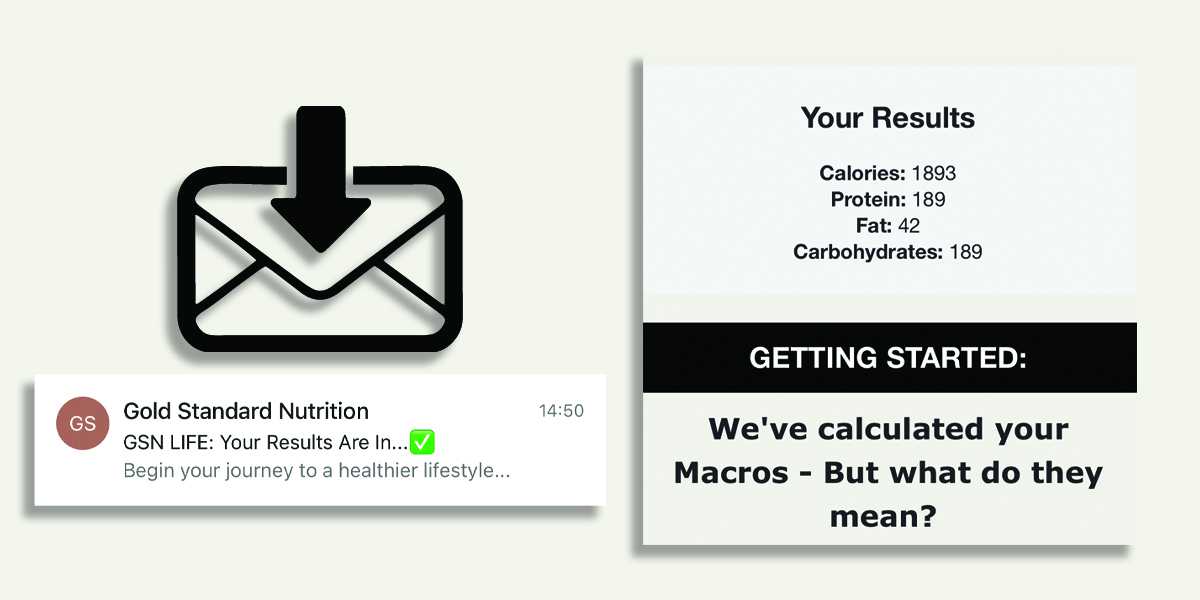
The meals in your diet plan should add up to a daily nutritional intake that’s close to your personal benchmarks for each macro and for overall calories.
Let’s start putting together your diet plan. We’ll use three macronutrients as the building blocks:

Protein is essential to every rugby player’s recovery and muscle growth. All of the players on a rugby team are exposed to stresses that strain and tear the muscles, from high-intensity games through to heavy weight-training. As long as you’re eating enough protein, you can repair damaged muscle tissue and grow it back quickly.
For optimal muscle repair, your daily diet should include about 1.4-1.6g of protein for every kilogram of your body weight. The amount of protein could rise to about 2g per kilogram, depending on your target muscle composition and athletic profile.
You’ll often need to get your protein from a lean source. Otherwise, you could end up eating too much fat. Jonny May, the England international rugby player, names turkey mince as his lean meat of choice, as it provides a very high protein count with minimal fats. Other lean meats such as chicken and fish are also good, low-fat sources of protein. And you can also contribute to your protein intake through certain non-meat food sources, such as nuts and beans.
Almost all rugby players need a lot of protein – and most of it needs to come from lean sources.
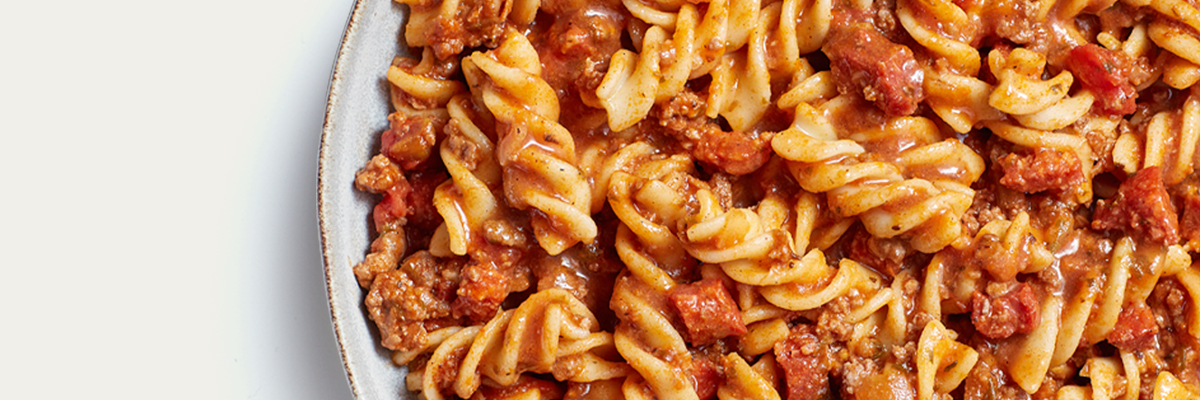
The high-power, high-energy explosiveness that you’ll see in top rugby players is largely fuelled by carbohydrates. This is the key macronutrient that gives your body energy.
Everything you do is powered by carbs, including matches, training and recovery. Converted by the body into glycogen, carbs give rugby players the power to beat the last man, reach the tryline or tackle.that speedy winger.
Different carbohydrates have different nutritional benefits, so it’s a good idea to vary the foods that make up your carb intake. ‘Bad’ carbohydrates such as white bread, pasta and sugars all have their place in a balanced diet, alongside healthy sources such as quinoa and sweet potato.
It’s a good idea to time your high-carb meals so that energy-release is available when you need it most. We recommend taking on carbs 1-3 hours before exercise, as this will allow enough time for your body to digest the nutrient.
Carbohydrates are important for recovery too, so be sure to include carbs in your post-workout meal.
Try to keep your carb consumption close to your benchmark from the calorie calculator. Too much carbohydrate over an extended period can raise your blood sugar levels, potentially leading to weight gain and health problems.
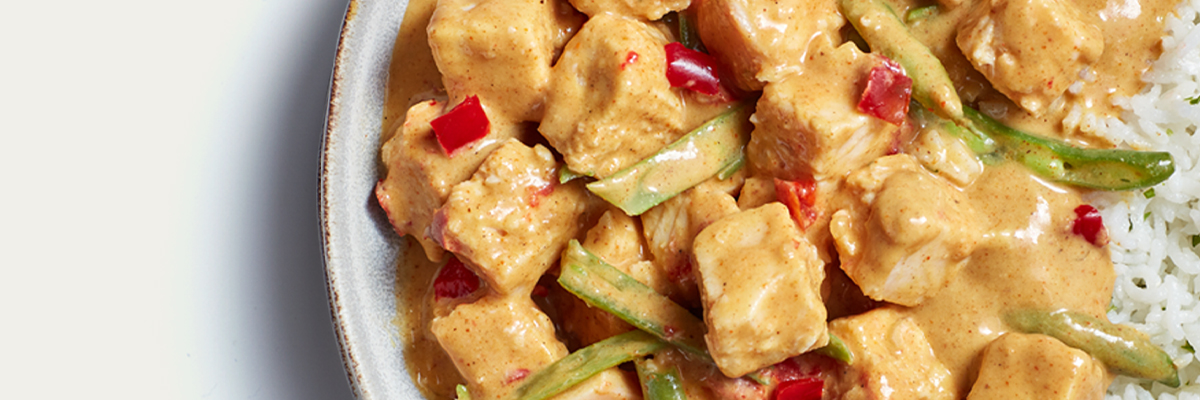
You might not think of them as healthy, but fats are crucial to an athlete’s diet. They give you a slow release of energy during exercise, with a longer burn-time than carbohydrates.
Fats are usually the hardest macro to get from the right sources and in the right quantities. As with proteins and carbs, there are both good and bad sources of fat. Choosing the right fat sources is the key to keeping a rugby player’s diet plan in balance.
We suggest hitting your quota of fats by eating a mix of foods including healthy fat sources like oily fish, avocados, oils and nuts.
Adding these foods to at least one of your daily meals will make a great contribution to your diet. Eaten alongside some nutritious greens, foods with healthy fats can be the perfect evening meal to ensure the body recovers and stores slow-burning energy for the next day.

The simplest way to create a balanced personal diet plan is to get a weekly calendar sheet, choose three of four meals per day, and see if those meals add up to give you your target levels of calories and macros.
Try it with the calendar above. Choose a meal for each time of day, and add up the nutritional content shown on the packaging. (You can use the info listed with our meals as a tester.)
Do the total nutritional values for your chosen meals add up to something close to your benchmarks from the calorie calculator? If not, switch one or more of the meals and try again, until you’ve come up with a diet plan that fits your benchmarks.
Remember that it’s advisable to stay under your dietary benchmarks. You’ll often hear that rugby players eat more than the average person – as much as double the recommended calories you’d see on food packaging. It’s true that many rugby players need a high calorie intake, but you can definitely have too much of a good thing when it comes to your diet.
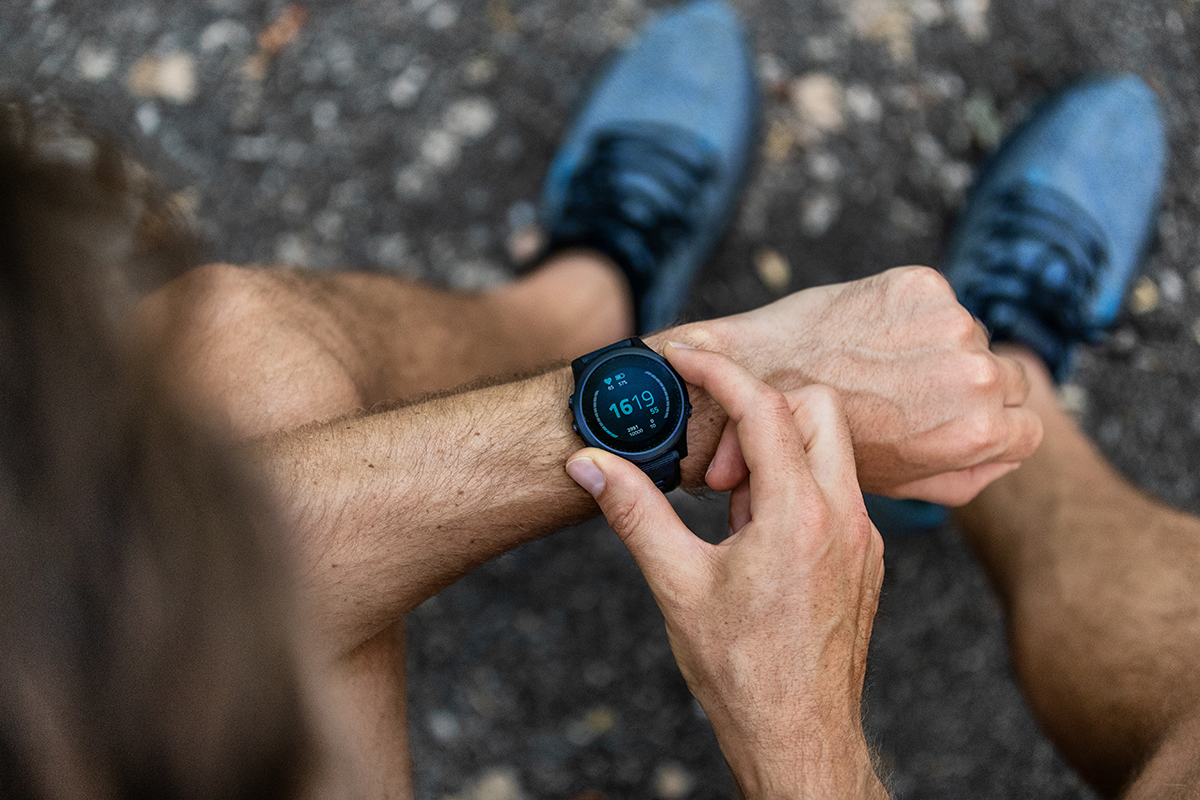
The times of day when you consume your nutrients can greatly affect your performance and recovery. To get the best out of yourself as a rugby player, you should be scheduling your meals based on the times of day when you train, compete, rest, sleep and wake.
When you have a workout or a match coming up, aim to eat a high-calorie meal a few hours before the activity. This will spike your energy levels at the right moment.
Post-workout, you’ll want to consume a healthy amount of protein alongside carbohydrates that restore your glycogen levels. This will give you the nutrients needed for a fast recovery.
Slow-burning carbohydrates or fats should be consumed mostly in the morning. For your evening meal, it’s best to stick to lighter foods, as this will help your body to rest more easily.
There’s some debate over the best way to get your required calories and macros throughout the day. Should you eat little and often, or is it better to have 3 or 4 square meals instead?
On a rest day, the difference this makes is fairly minor – so only the highest-level pro rugby players are affected. The main thing is getting the required fuel throughout the day, no matter how many meals or snacks that includes.
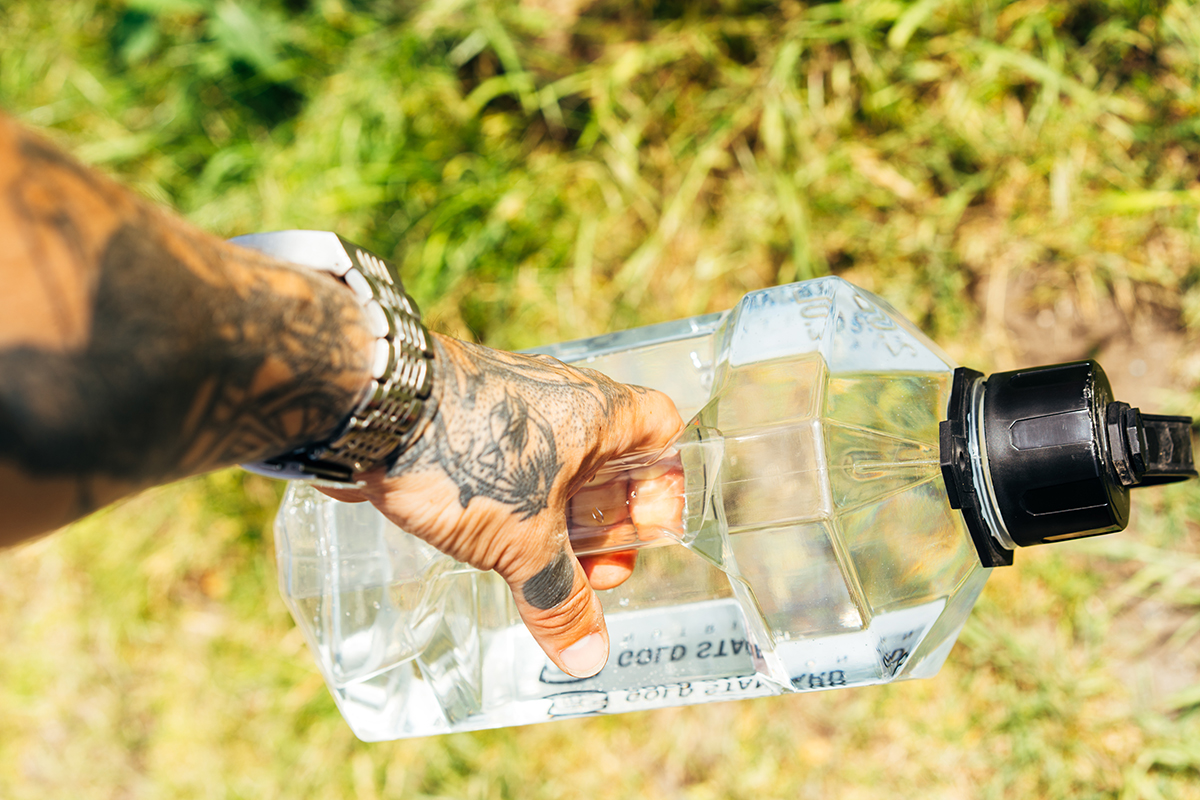
Rugby is a high-intensity sport, producing high heart rates and a lot of stress on the body. The demands of the sport can lead quickly to dehydration, which reduces explosiveness and slows down recovery between sessions. In bad cases, dehydration can cause problems including heat injuries, dizziness and other ill effects.
To avoid these risks, you need to hydrate properly. Based on nutritional research for the Springboks, a rugby player should take on 0.5-1 L of fluids per hour of game time or training time.
Endurance athletes like rugby players often make the mistake of taking on fluids only during and after a session or game. For optimum muscle performance, you need to hydrate fully before the activity. This means your muscles are topped up with water and electrolytes right from kickoff.
During the two hours before each session, drink little and often – somewhere between 200-400 ml per hour.
Your goals as a rugby player will never remain static, and neither should your diet plan. Over time, you may want to develop different aspects of your game and your physique – and this will need to be reflected in a change in your diet plan (as well as change to your training regimen).
We recommend athletes revisit the GSN Calorie Calculator monthly, so that changes in your weight and body composition can be reflected in updated macronutrient benchmarks. This will help ensure your diet plan stays aligned with your goals.
If you’re looking to hit your calories easily, but without sacrificing on taste, we have multiple meal bundles available at your fingertips. Simply follow the banner below and shop now – you can put the nutritional values from the product listings straight into your diet plan.